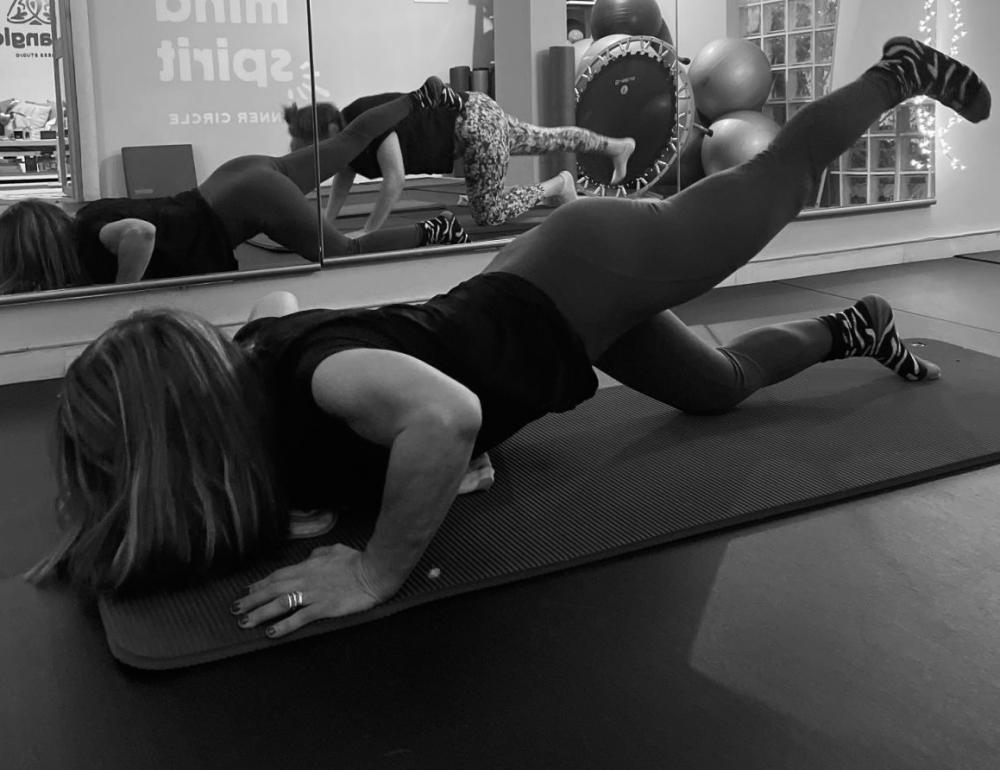Pilates: The Trend That Stayed
A personal reflection inspired by the May issue of Women’s Health UK
The May issue of Women’s Health UK includes several references to Pilates that, from my perspective as an instructor, ring deeply true. I witness the method’s effects daily — in my clients’ posture, their breath, and the way they move and carry themselves through life.
According to the article, Pilates was the fastest-growing form of exercise in 2024.
Brodie Wilkins playfully asks:
“What do frogs and mermaids have in common?” Or: “Is a teaser just a series preview, or maybe another Pilates move?”
For those of us who practice the method, these terms bring a smile — and a quiet pride in our bodies’ ability to perform movements with precision, flow, and intention.
Pilates as a way of life
The article touches on the six core principles of the method — breathing, centering, concentration, control, precision, and flow — but what truly caught my attention were a few striking facts I hadn’t heard before:
“To say Pilates is a trend is like saying TikTok is popular. In the UK alone, 12 million people are pulling their belly buttons toward their spines.”
Jennifer Aniston told Vogue that thanks to Pilates, she’s in better shape than she was in her twenties.
Kate Hudson added:
“I know I’m at my strongest when I’m doing Pilates — because it never gets easier.”
Unlike high-intensity workouts that often leave the body drained, Pilates strengthens without exhaustion.
A 2015 study published in Procedia found that the conscious movement Pilates requires leads to stronger neural connections — helping the brain and nervous system better manage stress.
From recovery to resilience
One woman interviewed shared how she had suffered from chronic hamstring tendinitis and lower back pain due to lifting weights with poor technique. After just three months of consistent Pilates practice, she was fully recovered.
She’s not alone. A 2016 study published in the Brazilian Journal of Sports Science confirmed that Pilates improves mobility and reinforces stabilizing muscles — all without putting strain on the joints.
Pilates everywhere
Today, more than 60% of Pilates students participate in online classes — whether pre-recorded or live.
“It’s the first time I’ve followed a routine without burning out, without dreading exercise. I’ve finally found something that makes me feel good — physically and mentally.”
That quote could have easily come from one of my own students. Or even from me, during a tough time.
Lockdown forced us to rethink how we care for ourselves. For me, it was the push I needed to launch my online classes — which are still going strong today.
And for that, I’m grateful. Through these virtual sessions, I’ve connected with people from Volos, Thessaloniki, Athens, Milan, Pavia, Switzerland, and Monaco.
Distances became shorter — and suddenly, the world felt more familiar.
Not because we changed location — but because we shared the same space, even through a screen.
And that didn’t just apply to those living far away. It also included those of us in the same city, side by side — whose daily rhythm doesn’t allow time to travel to a studio.
Pilates entered our homes. And in doing so, it became more accessible. More personal.


